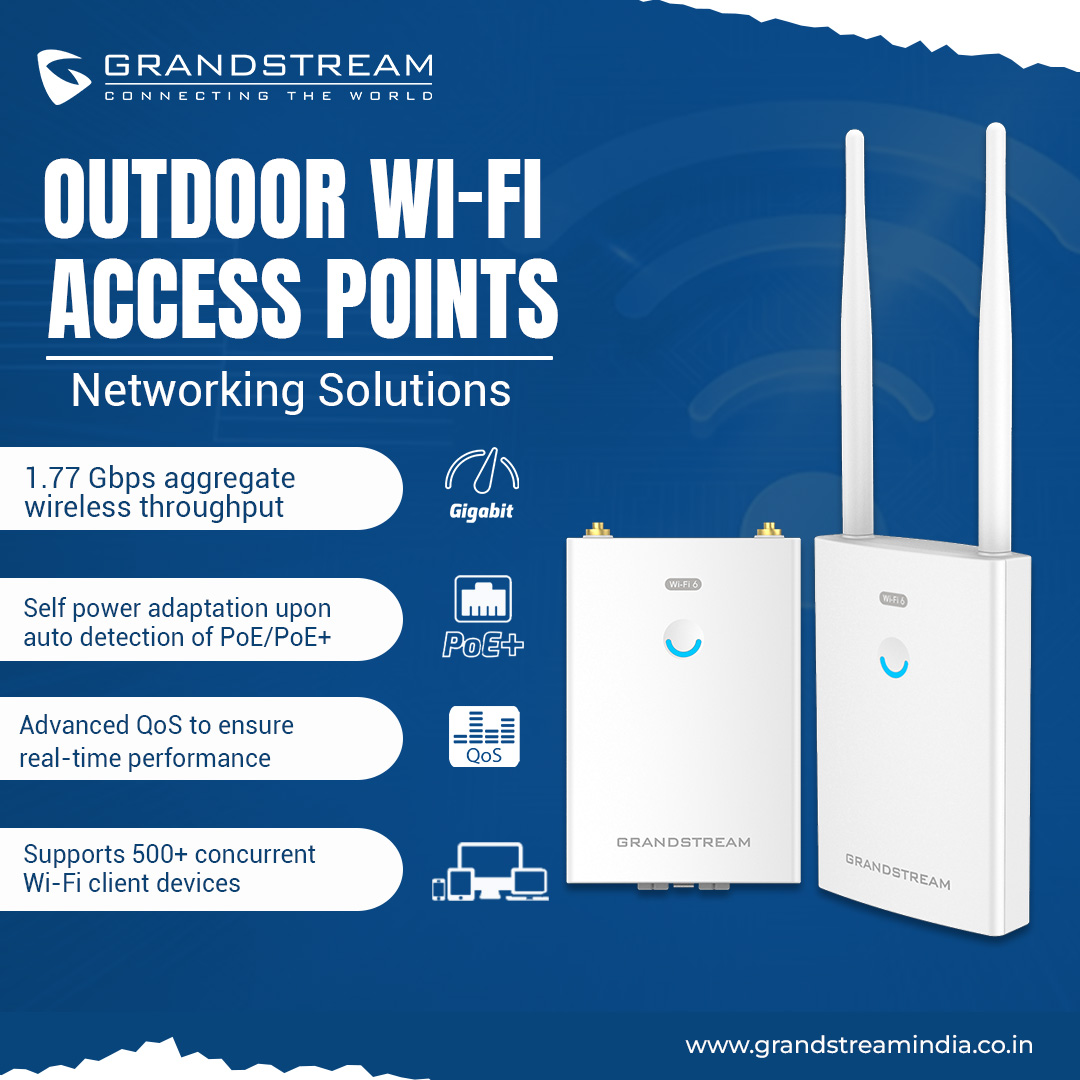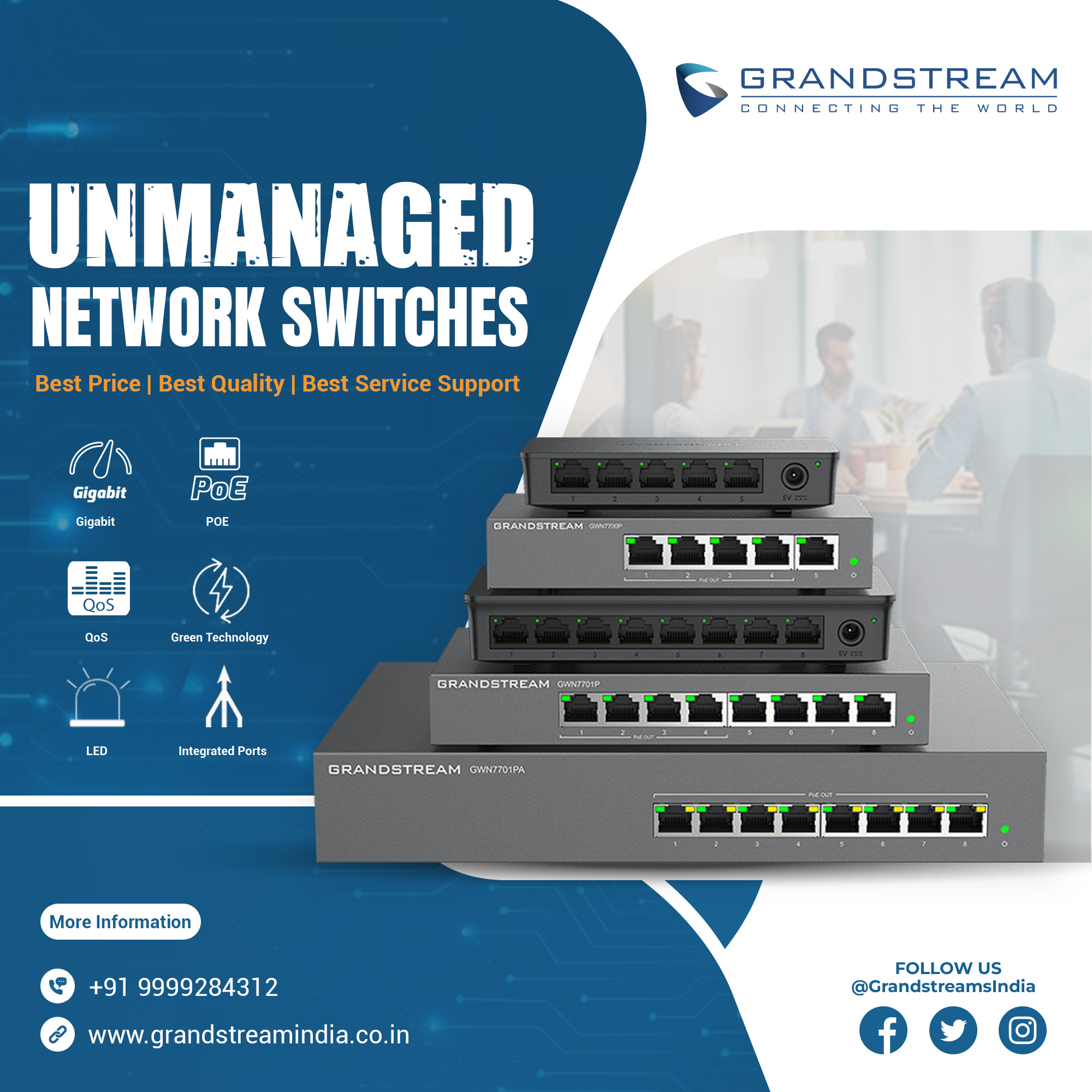Enhancing Connectivity with Outdoor Access Points: A Comprehensive Guide

In today’s hyper-connected world, the need for reliable and high-speed internet connectivity extends far beyond the walls of an office or home. Whether it’s a corporate campus, a hotel, a large warehouse, or an outdoor venue, providing seamless internet access in open spaces has become essential. This is where outdoor access points (APs) come into play. These devices are specifically designed to deliver robust and secure Wi-Fi coverage in outdoor environments.
What is an Outdoor Access Point?
An outdoor access point is a networking device that extends wireless coverage to outdoor areas. Unlike traditional indoor APs, these are built to withstand environmental factors such as rain, dust, heat, and wind. They are typically waterproof, UV-resistant, and equipped with high-gain antennas to cover larger areas with strong and consistent Wi-Fi signals.
Outdoor APs are vital for locations such as:
- Resorts and hotels
- School and college campuses
- Outdoor event spaces
- Industrial zones and warehouses
- Public parks and transportation hubs
How Outdoor Access Points Work
Outdoor access points function similarly to their indoor counterparts. They connect to a network through network switches, which distribute the data across the entire infrastructure. Using a gigabit router, the AP receives internet bandwidth and broadcasts the signal wirelessly to connected devices. These access points can be managed centrally, often through a cloud interface, allowing network administrators to monitor and control multiple devices easily.
Key Benefits of Outdoor Access Points
1. Extended Wi-Fi Coverage
The primary benefit of an outdoor AP is its ability to extend Wi-Fi coverage to areas where a regular indoor router cannot reach. This allows users to stay connected in open-air settings, improving productivity and user experience.
2. Durability and Reliability
Outdoor APs are rugged and weather-resistant. They are designed to function efficiently in extreme temperatures and adverse weather conditions, ensuring consistent performance throughout the year.
3. Seamless Roaming
Users can move freely between indoor and outdoor spaces without losing connection, thanks to seamless roaming capabilities. This is particularly useful in large campuses or business environments.
4. Centralized Management
Modern outdoor APs often come with centralized management systems, making it easier for IT teams to deploy, configure, and monitor network performance across multiple sites.
5. Enhanced Security
These devices come equipped with advanced security protocols such as WPA3 encryption, secure guest access, and VLAN support to ensure that the network remains safe from unauthorized users.
Integrating Outdoor Access Points with Other Network Components
An outdoor access point does not work in isolation. To deliver optimal performance, it needs to be integrated with other essential components such as:
IP PBX System
An IP PBX system handles internal voice communication over the internet. When paired with an outdoor AP, employees and staff can make VoIP calls from anywhere within the coverage area, ensuring seamless communication regardless of location. This is especially useful in hotels, resorts, or industrial zones where mobility is crucial.
Network Switches
Network switches are responsible for routing data between devices within a local network. For outdoor access points to function effectively, they must be connected to high-quality switches that can handle large amounts of data traffic without bottlenecks. Switches also ensure that traffic between devices is secure and fast.
Gigabit Router
A gigabit router provides the high-speed internet backbone needed to support multiple devices on a network. Outdoor APs rely on this router to receive internet bandwidth. Without a fast and reliable router, the AP cannot deliver strong Wi-Fi signals.
Managed Switch
A managed switch offers more control over your network traffic. It enables administrators to prioritize certain types of data, implement VLANs, and monitor traffic to and from outdoor access points. This ensures efficient load balancing and prevents network congestion.
Use Cases for Outdoor Access Points
Hospitality Industry
Hotels and resorts use outdoor APs to provide internet access to guests lounging by the pool, walking in gardens, or dining in open-air restaurants. Paired with an IP PBX system, staff can communicate via VoIP from anywhere on the property.
Educational Institutions
Schools and colleges can enhance learning by enabling internet access in outdoor study areas, sports fields, and dorm courtyards. Integrating with network switches ensures stable connectivity across campuses.
Industrial and Logistics Parks
Warehouses and large outdoor storage facilities benefit from outdoor APs by enabling real-time inventory management and communication through handheld devices. Managed switches help in segmenting and securing the network.
Events and Public Spaces
Outdoor events such as concerts or exhibitions require temporary but reliable internet access for vendors, staff, and guests. Outdoor APs, connected to gigabit routers, provide the necessary bandwidth and coverage.
Choosing the Right Outdoor Access Point
When selecting an outdoor AP, consider the following factors:
- Coverage Area: Choose an AP with a suitable range for your environment.
- Speed: Ensure the device supports the latest Wi-Fi standards like Wi-Fi 6 or Wi-Fi 6E.
- Durability: Look for weatherproof ratings like IP67.
- Management Features: Cloud-based or controller-based management systems make network administration easier.
- Integration Compatibility: Ensure it works well with your existing IP PBX system, network switches, managed switches, and gigabit router.
Final Thoughts
Outdoor access points are a vital component of modern networking solutions. They not only expand your Wi-Fi coverage but also enhance overall connectivity and productivity across large outdoor spaces. When integrated with components like IP PBX systems, network switches, gigabit routers, and managed switches, outdoor APs become part of a powerful and cohesive communication infrastructure. Whether you’re upgrading a hospitality venue, expanding an educational campus, or streamlining operations in an industrial site, investing in the right outdoor access point can make all the difference.
Note: IndiBlogHub features both user-submitted and editorial content. We do not verify third-party contributions. Read our Disclaimer and Privacy Policyfor details.







